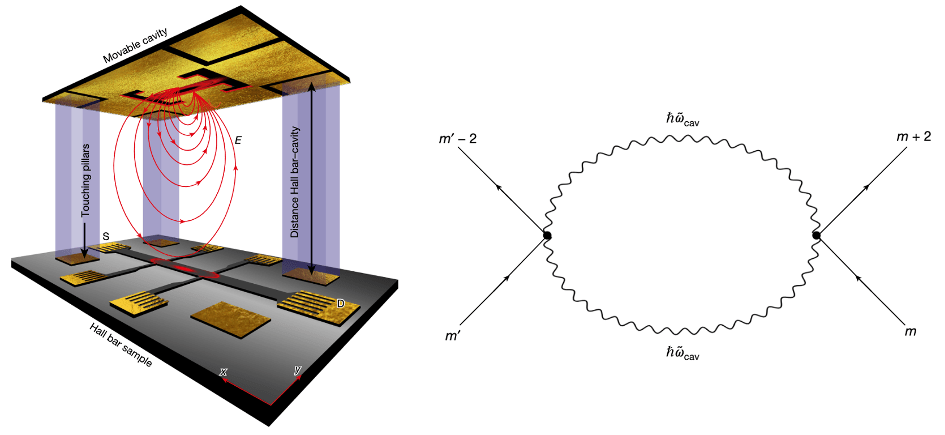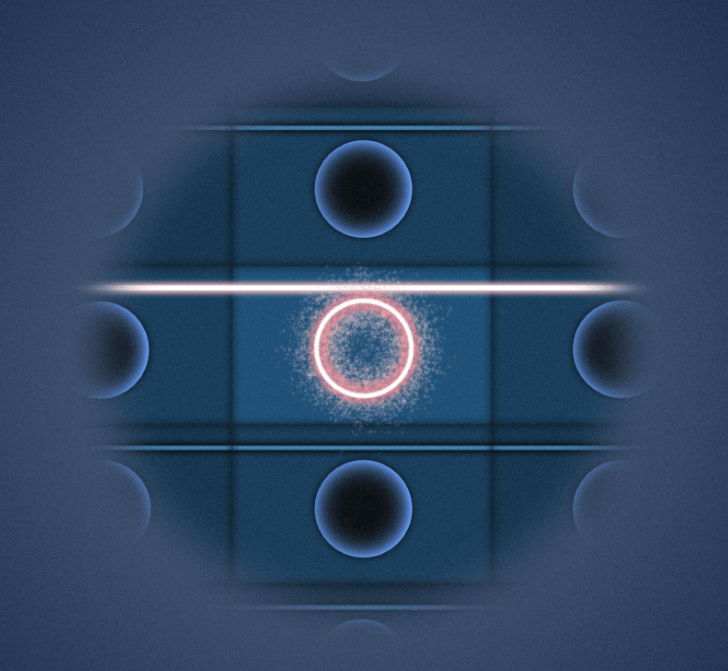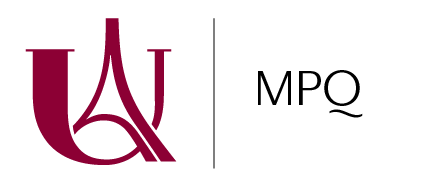A collaboration between the Equipe Théorie at MPQ and scientists from ETH Zurich and the Flatiron Institute has demonstrated, both theoretically and experimentally, that giant vacuum fields confined in a split-ring resonator cavity can profoundly alter electron-electron interactions in a quantum Hall system.

Two striking effects have been observed: a dramatic enhancement of fractional quantum Hall phases and a strong modification of spin splittings (g-factor renormalization). Both effects are explained by cavity-mediated long-range attractive interactions between electrons. The experimental setup uses a mobile, hovering cavity that allows in-situ tuning of the vacuum field strength above a GaAs-based two-dimensional electron gas.
Reference:
Tunable vacuum-field control of fractional and integer quantum Hall phases
Josefine Enkner, Lorenzo Graziotto, Dalin Boriçi, Felice Appugliese, Christian Reichl, Giacomo Scalari, Nicolas Regnault, Werner Wegscheider, Cristiano Ciuti & Jérôme Faist
Nature 641, 884–889 (2025)
Contact: Cristiano Ciuti
See also : ETH communication
À lire aussi

TUPHO, for large-scale production of integrated photonic circuits
The TUPHO project is an initiative that aims to bridge the gap between upstream innovation and large-scale production in the integrated photonic circuits (PICs) industry. It is led by Hamidreza Neshasteh and Ivan Favero, members of the Light and Mechanics team at MPQ...

On-Chip Ferromagnetic Resonance for van der Waals Heterostructures: Anisotropy and Damping of Cobalt Interfaced with Exfoliated 2D Materials
A collaboration between the technical hub, the clean room platform and the TELEM group at MPQ laboratory has developped a new experiment demonstrating that standard broadband ferromagnetic resonance can still be effective to probe the magnetization dynamics of “thin...

Materials science – When the surface reaches deep inside…
Crystalline surfaces often exhibit reconstructions, usually assumed to affect only a few atomic layers below the surface. A collaborative study (conducted by the Matériaux et Phénomènes Quantiqueslaboratory in Paris, the Institut P’ in Poitiers, and the SixS beamline...

Exhibition – Matériaux et phénomènes illustrés
General public exhibition, free access. At the MPQ laboratory, electronic and photonic chips are designed and manufactured for use in both fundamental research and industrial applications, such as quantum telecommunications and high-precision mechanical sensors.The...
